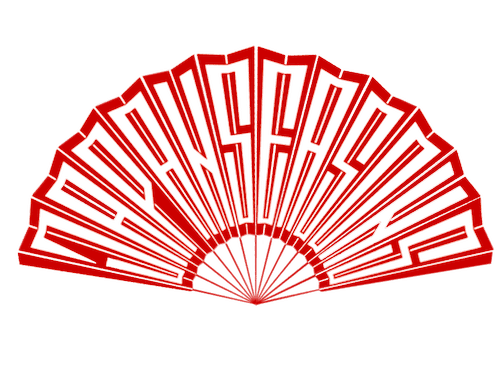Daitoku-ji Temple is one of Kyoto’s largest Zen Buddhist complexes, founded in the early 14th century. The history of Daitoku-ji is connected to the history of the Japanese military class (samurai) and the tea ceremony. More than twenty small temples are on its grounds, but only a few offer access to their treasures. One of them is Daisen-in. Its stone garden is considered one of the finest in Japan, and the famous tea master Sen no Rikyu himself visited here. In a small room are the wise sayings of the monk Takuan inscribed on scrolls. He was a close friend of swordsman Miyamoto Musashi and the author of “Writings of the Zen Master to the Sword Master.”
- Tours
- Kyoto Gardens
Kyoto One Day Tour “Kyoto sightseeing tour”
In the north of Kyoto lies the extensive temple complex of Daitoku-ji. Dating back to the 14th century, this temple is associated with many notable military commanders and tea ceremony masters, such as Oda Nobunaga and Sen no Rikyu. The numerous gardens and parks surrounding the small temples within the complex will introduce us to the landscape design art unique to Zen Buddhism.
The Silver Pavilion, Ginkaku-ji, built in the late 15th century by Shogun Ashikaga Yoshimasa, was intended to emulate the majestic Golden Pavilion, Kinkaku-ji, built by his grandfather. However, never covered with silver plates as originally planned, Ginkaku-ji instead became the epitome of the new Higashiyama culture. When visiting Ginkaku-ji, special attention should be paid to the moon-viewing garden, designed by master Soami.
The next temple on our itinerary is Nanzen-ji, founded on the site of Emperor Kameyama’s residence in the late 13th century. This truly vast temple complex is renowned throughout the country for its main gate, offering a remarkable view of the central part of the city, its red brick aqueduct supplying Kyoto with fresh water from Lake Biwa, and, of course, its gardens.
Next, we will visit Tofuku-ji, a temple primarily famous for its gardens, designed by the best landscape artists of both history and modern times, including the gardens of master Shigemori Mirei.
Route: Meeting point → Daitokuji Zen Temple → Ginkakuji Silver Pavilion → Nanzenji → Tofukuji
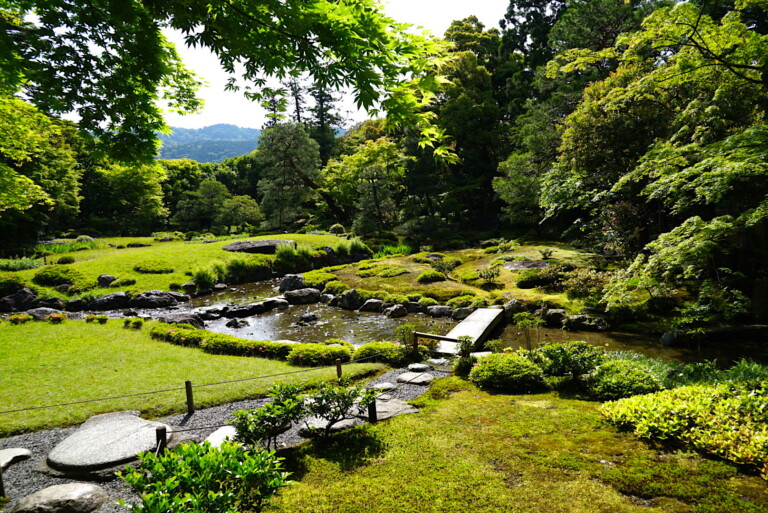
CUSTOMIZED ITINERARY FOR YOUR DATES
Dates
- One Day Tour
Duration
- 8 hours
Price
- Request
Daily itinerary
KYOTO GARDENS
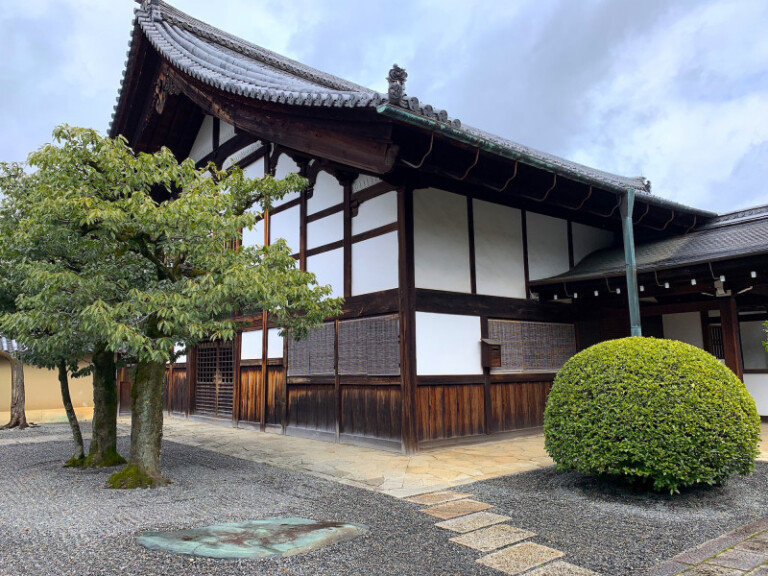
Daitoku-ji Temple
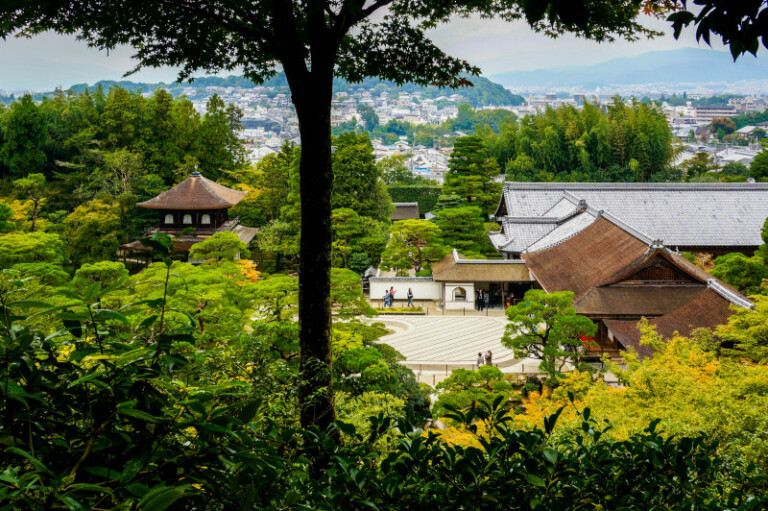
Ginkaku-ji (Silver Pavilion)
Jisho-ji Temple, better known as Ginkakuji or Silver Pavilion, was built in 1490 as the residence of the 8th Shogun of the Ashikaga family, Yoshimasa. After his death, the complex was converted into a Buddhist temple belonging to the Shokoku-ji temple school. The Silver Pavilion, a small two-story building overlooking the garden, was designed to imitate the Golden Pavilion (Kinkaku-ji), built by Yoshimasa’s grandfather, Ashikaga Yoshimitsu. The pavilion and the surrounding moon-viewing garden have been designated a UNESCO World Heritage Site.
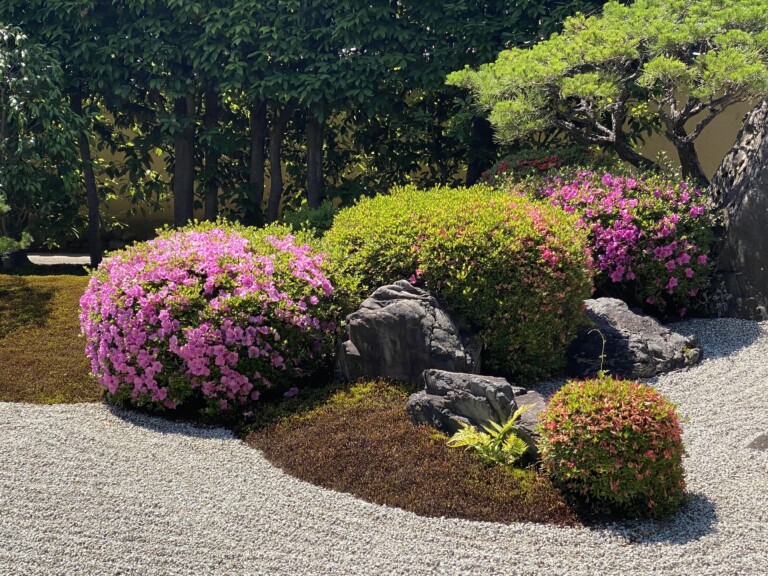
Nanzen-ji Temple
The Nanzen-ji temple complex was founded in 1291 when Emperor Kameyama, who had developed an interest in Zen Buddhism, established a temple on the site of his residence in the Higashiyama district in eastern Kyoto. Today, Nanzen-ji is one of the most influential temples in the country.
The extensive grounds of the complex feature the massive 17th-century entrance gate, the abbot’s hall surrounded by gardens, part of the brick aqueduct built in the late 19th century that blends harmoniously with the temple park landscape, and several smaller temples.
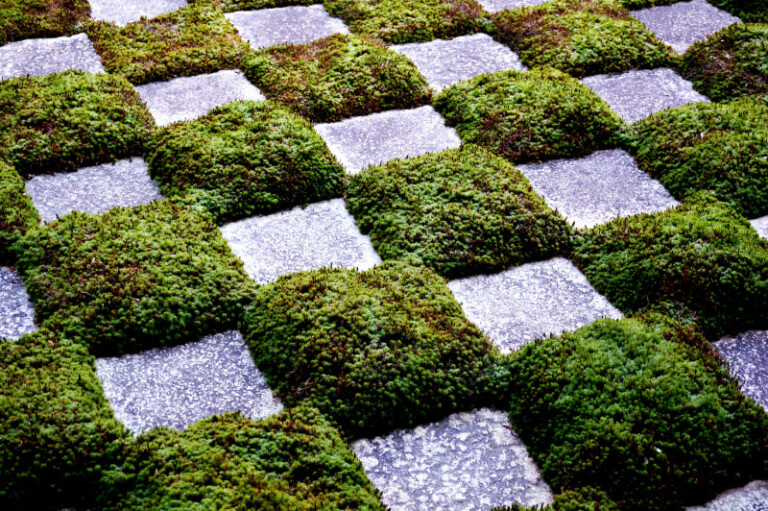
Tofuku-ji Temple
The Tofuku-ji temple complex was founded in the early 13th century by order of Regent Kujo Michiie, who decided to build a temple complex in Kyoto that would surpass the size of the Buddhist temples in Nara. The name “Tofuku-ji” is derived from the names of Nara’s most famous temples: Todai-ji and Kofuku-ji.
The main gate of the temple is considered the oldest surviving gate of its kind and is a National Treasure of Japan. The grounds of Tofuku-ji and its affiliated smaller temples feature numerous gardens, created by the best landscape artists, including the mid-20th century garden historian and designer Shigemori Mirei.
